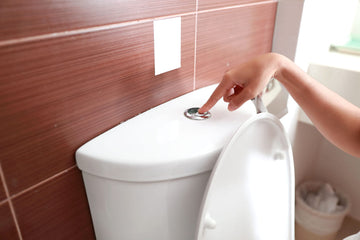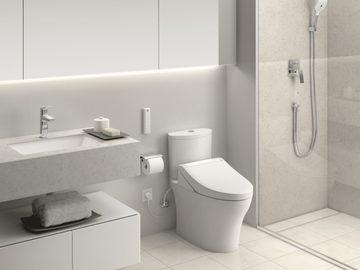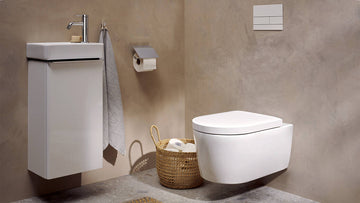In the quest for sustainability and efficiency, portable water-saving toilet options are increasingly capturing attention. As industries and individuals strive to conserve water, understanding the latest advancements in toilet technology is crucial. This article delves into the various portable water-saving toilet options that are not only practical but also environmentally friendly.

Why Consider Portable Water-Saving Toilets?
Water conservation is a pressing issue globally. With dwindling water resources and increasing demand, the necessity to integrate water-saving technologies in everyday life is more critical than ever. Portable toilets that save water play a significant role in reducing water consumption, which is why industries and individuals alike are adopting these innovative solutions.
For those involved in the Quality Assurance (QA) sector, understanding these options is essential. They not only promise efficiency but also align with green standards, ensuring compliance with environmental regulations and boosting corporate social responsibility.
Types of Portable Water-Saving Toilets
1. Composting Toilets
Composting toilets are an excellent portable water-saving toilet option. They function without water, using natural processes to break down waste into compost. This type of toilet is ideal for remote areas, construction sites, and events where traditional plumbing is unavailable. Moreover, they are environmentally friendly, reducing the carbon footprint significantly. Learn more about the impact of water-saving toilets.
2. Chemical Toilets
Another popular option is the chemical toilet, often seen at outdoor events and construction sites. These toilets use chemicals to manage waste and odor, making them a suitable choice for temporary setups. Although they require periodic servicing, their portability and efficiency make them a viable choice for various applications.
3. Vacuum Toilets
Vacuum toilets are a high-tech solution widely used in airplanes and trains. They use air pressure to flush waste, consuming very little water. These systems are highly efficient and are now being adapted for portable use, offering a sustainable solution for water conservation efforts.
Advantages of Portable Water-Saving Toilets
Adopting portable water-saving toilet options offers numerous benefits. For instance, they significantly reduce water usage, which is crucial in drought-prone areas or places with limited water supply. Additionally, these toilets often require less maintenance and are easier to install compared to traditional systems.
Furthermore, using portable toilets can reduce infrastructure costs, particularly in temporary settings. Their adaptability and efficiency make them an attractive choice for industries looking to enhance their sustainability practices. Explore the advantages of high-efficiency toilets for more insights.
Implementing Portable Toilets in Various Industries
The versatility of portable water-saving toilet options makes them suitable for a range of industries. In the construction industry, for example, these toilets provide a practical solution for workers on-site. They are also an excellent choice for event management companies, offering guests a clean and eco-friendly alternative.
Moreover, tourism and hospitality sectors can greatly benefit from these toilets, especially in remote or off-grid locations. By implementing these solutions, businesses can enhance their environmental credentials and meet the growing consumer demand for sustainable practices. Check out how smart toilets contribute to water conservation.
Challenges and Considerations
While the benefits are clear, there are challenges to consider when implementing portable water-saving toilet options. These include the initial cost, maintenance requirements, and user acceptance. Ensuring proper training and education on the use of these systems is vital to their success.
Additionally, it's essential to consider the environmental impact of any chemicals used in these toilets and to choose options that align with sustainability goals. For more comprehensive guidance, check out this low-flow toilet guide.
Conclusion
As we look to the future, the importance of portable water-saving toilet options cannot be overstated. They represent a significant step forward in sustainable living and resource management. By embracing these technologies, industries can lead the way in environmental stewardship and set a positive example for others to follow.
Whether for temporary or permanent installations, these toilets offer a practical, efficient, and eco-friendly solution to one of our most pressing environmental challengesthe conservation of water.

FAQ Section
1. What are the main benefits of portable water-saving toilets?
Portable water-saving toilets significantly reduce water consumption, are easy to install, and offer flexibility for various applications, making them a sustainable choice for both temporary and permanent setups.
2. How do composting toilets work?
Composting toilets use natural processes to decompose waste into compost without the need for water, making them highly eco-friendly and suitable for remote or off-grid locations.
3. Are chemical toilets environmentally friendly?
Chemical toilets can be environmentally friendly if they use non-toxic chemicals for waste management. It's important to choose options that align with sustainability goals to minimize environmental impact.






